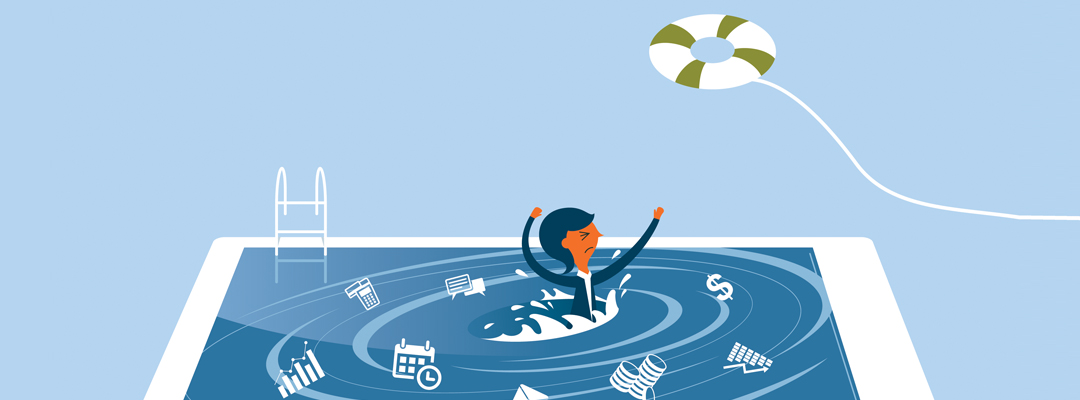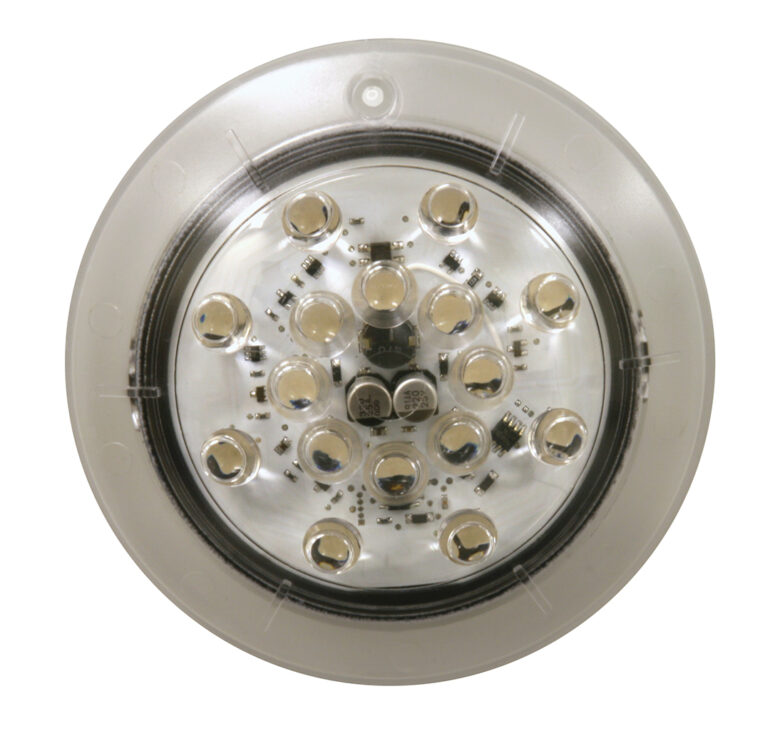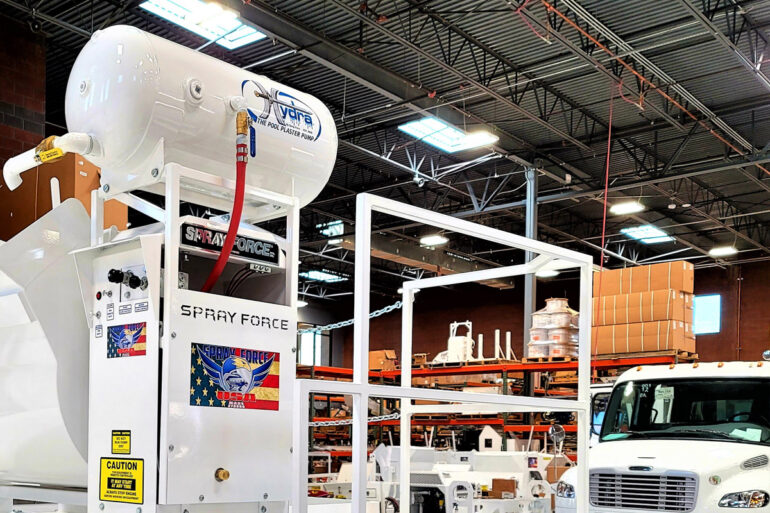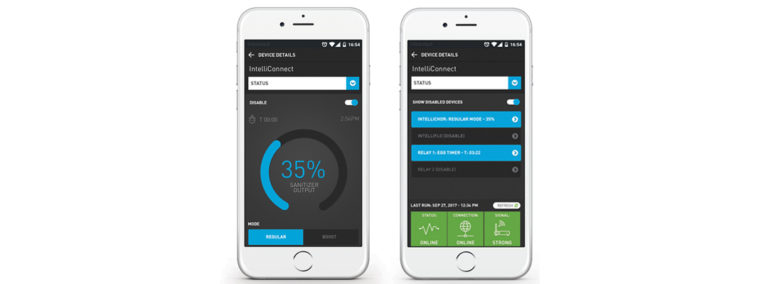Information Overload

“Plan, blow holes in the plan, revise the plan, and then execute and adapt to each situation as it presents itself.” That’s the pool building process for Scott Heusser, manager of Idaho Pool Remodeling in Meridian.
Preparing your customers for this fluctuating plan and schedule can be difficult. Depending on the design, materials and details, a pool can take three to 10 weeks to build. That’s a wide range, so it’s important to communicate with your customers. But just how much information do you provide?
Watters Aquatech Pools & Spas in Las Vegas provides a simple handout to each customer that explains each major phase of construction, vice president Dustin Watters says. “Open communication is key,” he says. “There are always expectations, and understanding the client’s true expectations can be challenging.”
Heusser recognizes that a customer’s expectation may shift once construction begins. “Everyone gets the standard explanation that a swimming pool is a major construction project, and everyone finally realizes that as soon as the digging teeth of the excavator tear out sprinkler lines and manicured sod,” he says.
It’s not only imperative to communicate this process to your customers, but also to their neighbors, especially since rock and construction debris will need to be offloaded into the street, says Rick Woemmel, president of Bi-State Pools & Spa in O’Fallon, Missouri. “We are very conscientious of the mess it makes and make sure we clean up after ourselves,” he says.
National Pools of Roanoke provides information about the construction process depending on the customer. “Some are interested in the build, and some just want to know when they can go swimming,” says vice president Austin Vaughan. “I think for those interested, too much information is better than not enough. That way you can educate them on the product and they can be prepared throughout the process.” But he warns against making promises you can’t keep by divulging too much.
When it comes to milestones during the construction process, it’s better to provide estimations rather than deadlines — setting goals to work toward, not specific dates, Vaughan says. Woemmel doesn’t set dates except the construction start date, and lets the customer know upfront that even that date can change due to weather.
“They understand rain or snow causing a delay but think the next sunny day makes up for the three previous days of rain,” Heusser says. “Depending on the phase of work, we may need a couple of days to dry out the yard before we can grade for decking, or we need several warm days to get soil thawed.”
Watters says working with homebuilders can cause more stress because you must adhere to their closing date, which means an immovable deadline. “Clients today are constantly making changes, which adds to the timelines and completion,” he says. “We try our best to keep everything moving forward.”
It’s not just about what you communicate, but how and to whom you communicate. “One of the things I do off the top is establish a responsible party, frequency and means of keeping in contact,” Heusser says. “More often than not, husbands and wives don’t discuss things, so I make sure whomever I talk to understands it is their responsibility to update the other.”
Heusser calls, texts and emails with the main point of contact for the customers after that. “Not only does this give the client a predictable and consistent update, but it also helps keep my schedule more predictable not having to answer questions two or three times.”
Vaughan says to communicate frequently with the customer about progress. “As a consumer myself, I want to hear from contractors I use on a daily basis so I know what to expect,” he explains. “People want to know what you’ve completed each day.”
It’s also important to tell them first thing if you won’t be able to make it to the job site, so they know the job is important to you, he says: “Customers want to feel like they are your priority, so stay in touch.”
Watters asks customers for their preferred method of communication early in the process, then puts one or two people in charge of direct communication with the customer so the customers don’t have too many people providing information and causing confusion.
“Keeping clients informed is critical, as building a pool is typically the largest construction project a client will ever be involved with,” Watters says. “Getting them to understand the process is paramount.”






